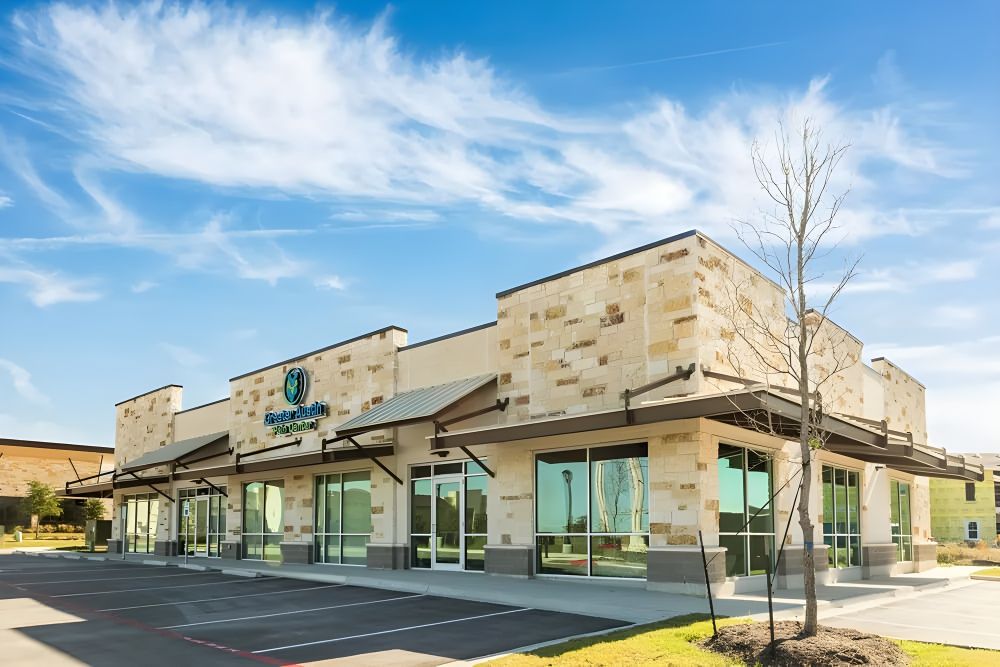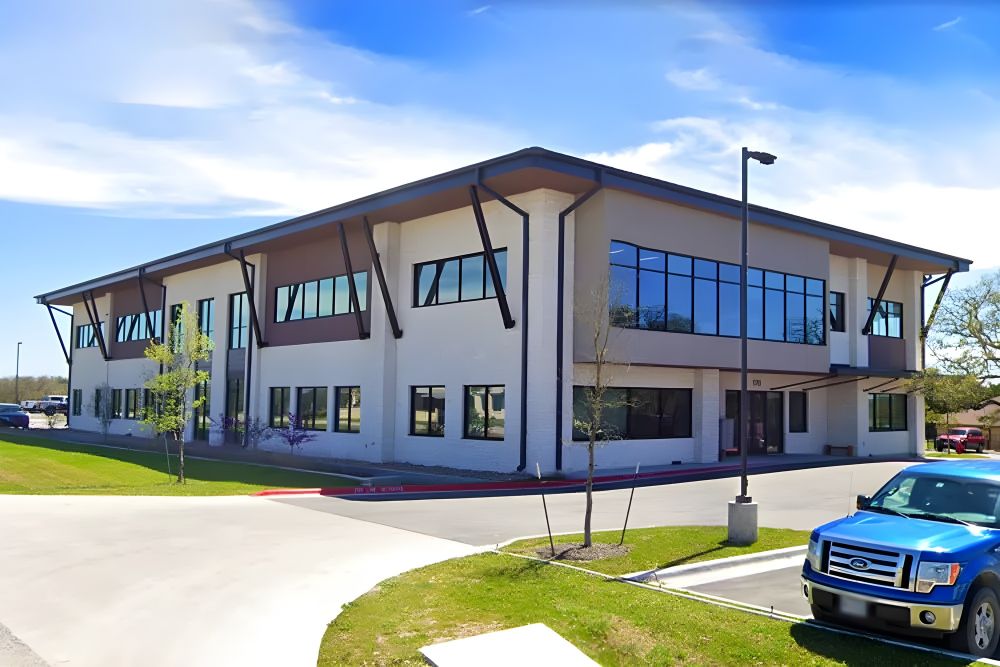Hip Bursitis vs. Hip Arthritis: How to Tell the Difference & Treatment Options
June 27, 2025
.png)
Hip pain can make everyday tasks feel uncomfortable or even unbearable. If you're experiencing persistent discomfort, it’s important to determine whether you're dealing with hip bursitis or hip arthritis. Although these conditions affect the same area, they have distinct causes, symptoms, and treatment approaches. Knowing the difference can help you seek the right care early and find lasting relief.
What Is Hip Bursitis?
Hip bursitis occurs when the bursae, small fluid-filled sacs that cushion your joints, become inflamed. In the hip, this typically affects the trochanteric bursa, located on the outer side of the hip.
This condition is often caused by repetitive movements, prolonged pressure from sitting or lying on one side, or direct trauma to the hip. People who frequently climb stairs, run, or stand for long periods are at greater risk.
The pain from bursitis is usually sharp and focused on the outside of the hip. It often worsens when lying on the affected side, standing after long periods, or climbing stairs.
What Is Hip Arthritis?
Hip arthritis is the breakdown of cartilage inside the joint, leading to bone-on-bone friction. The most common type is osteoarthritis, though rheumatoid arthritis and other autoimmune diseases can also cause inflammation and joint damage.
Unlike the sharp pain of bursitis, arthritis in the hip typically feels like a deep, dull ache within the joint itself. It may cause stiffness, especially in the morning or after resting, and can progressively limit your range of motion over time.
Key Differences Between Hip Bursitis and Hip Arthritis
Understanding how these two conditions differ is key to choosing the right treatment.
Pain Location
Hip bursitis tends to cause pain on the outer side of the hip, while arthritis pain is felt deep within the joint or the groin area.
Symptom Patterns
Bursitis pain is usually sharp and worsens with pressure on the affected side, like lying down. Arthritis pain often comes with stiffness and reduced mobility, especially after rest or inactivity.
Impact on Movement
Hip arthritis frequently leads to joint stiffness and limited range of motion. Bursitis may hurt during movement, but doesn’t usually restrict mobility unless inflammation becomes severe.
Diagnosing the Cause of Hip Pain
Accurate diagnosis begins with a thorough physical examination and a discussion about your medical history and symptoms. Imaging studies like X-rays or MRI can help confirm the source of pain. In some cases, doctors may use diagnostic joint injections to identify whether the pain is originating from the joint or surrounding tissues.
Treatment Options for Hip Bursitis
If diagnosed with bursitis, treatment typically focuses on reducing inflammation and relieving pressure on the bursa.
Rest and Activity Modification
Limiting repetitive movements and avoiding pressure on the affected side can help reduce inflammation.
Anti-Inflammatory Medications
Over-the-counter or prescription medications may ease pain and swelling.
Physical Therapy
Guided stretching and strengthening exercises can reduce irritation and prevent future flare-ups.
Corticosteroid Injections
Injections directly into the bursa can provide fast and long-lasting pain relief in more severe cases.
Treatment Options for Hip Arthritis
Managing hip arthritis may require a more comprehensive, long-term strategy depending on the severity of joint damage.
Lifestyle Adjustments
Weight management and low-impact exercises like swimming can reduce strain on the joint.
Physical Therapy
Building strength around the joint helps improve support and reduce pain during movement.
Pain Management
Nonsteroidal anti-inflammatory drugs and corticosteroid injections are commonly used to control symptoms.
Surgical Options
In advanced cases where cartilage is severely worn down, hip replacement surgery may be necessary to restore function and relieve pain.
When to See a Specialist
If your hip pain persists for more than a few weeks, interrupts sleep, or impacts your ability to walk, it’s time to consult a pain management specialist. An expert evaluation can determine whether the problem stems from the bursa, hip joint, or lumbar spine and ensure that you receive the most appropriate care.
Personalized Hip Pain Relief in Austin, TX
At Greater Austin Pain Center, we specialize in diagnosing and treating chronic hip pain, including hip bursitis and hip arthritis. Our experienced providers use the latest techniques and treatments to help you feel better faster. Whether you're struggling with inflammation, joint dysfunction, or pain caused by traumatic injuries, we’re here to help.
With locations in Austin, Dripping Springs, San Marcos, Kyle, and throughout the Austin area, we’re committed to offering local, compassionate pain management care.
Call today or schedule a consultation online to start treating your chronic hip pain.

















